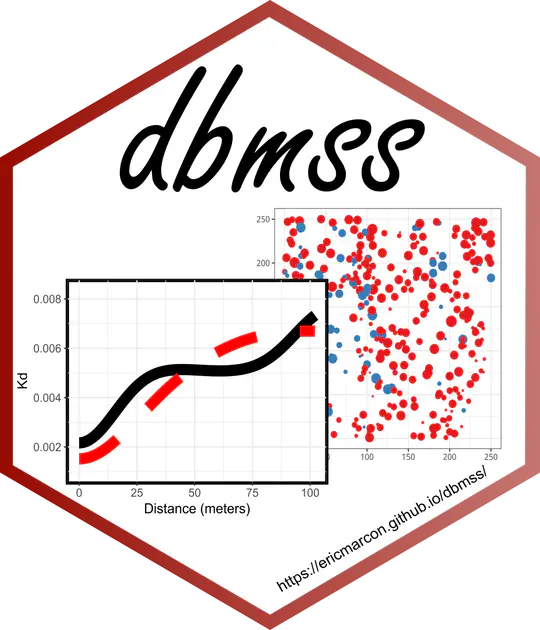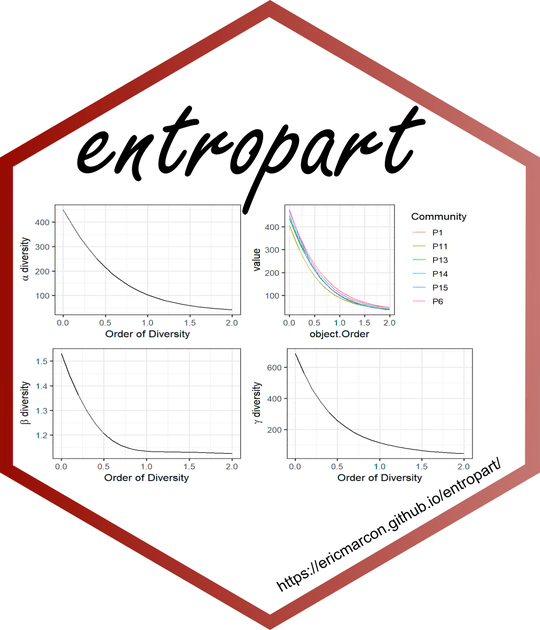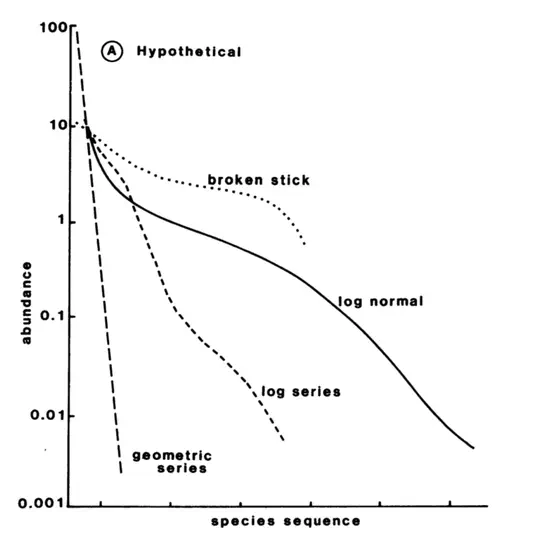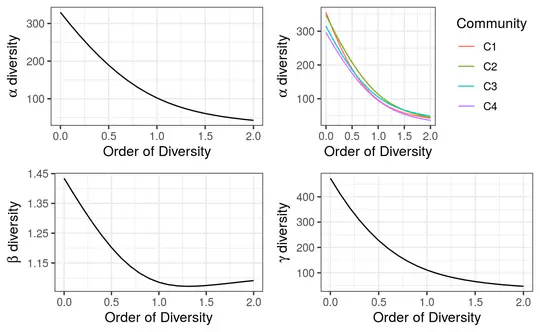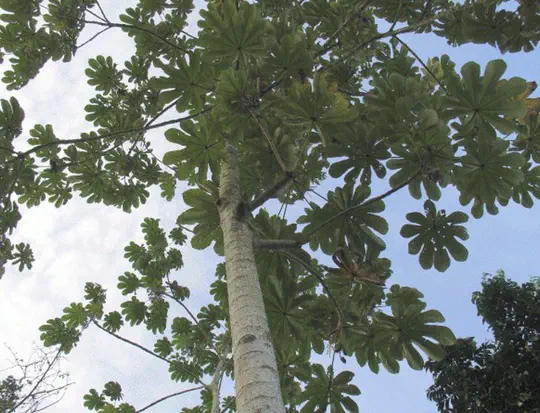Biography
I am a researcher in Tropical Ecology with UMR Amap, a professor at AgroParisTech and a coordinator of the BioGET course of the Biodiversity, Ecology and Evolution master’s degree at AgroParisTech and Montpellier University.
Interests
- Community Ecology
- Tropical Forestry
- Ecological Statistics
- R development
Education
-
Habilitation à Diriger des Recherches (French qualification to supervise research) in Ecology, 2016
University of French Guiana
-
PhD in Ecology, 2010
AgroParisTech
-
Post-Graduate Engineering School of Public Administration, 1999
Ecole Nationale du Génie Rural, des Eaux et des Forêts
-
MSc in International Economics, 1999
University of Paris I, Panthéon Sorbonne
-
Graduate Engineering School of Forestry, 1990
Ecole Nationale des Ingénieurs des Travaux des Eaux et Forêts
Experience
Head of the Joint Research Unit Ecology of Guianan Forests (UMR EcoFoG
Responsibilities included:
- Administration of research
- Management
- Teaching (graduate and post-graduate students)
- Research
Featured Publications
Show all publications.
Recent Publications
Software
dbmss is an R package for simple computation of spatial statistic functions of distance to characterize the spatial structures of mapped objects, including classical ones (Ripley’s K and others) and more recent ones used by spatial economists (Duranton and Overman’s Kd, Marcon and Puech’s M).
Courses
No other general attribute of ecological communities besides species richness has commanded more theoretical and empirical attention than relative species abundance (Hubbell, 2001).
The aim of the course is to understand the main abundance distributions, master the different representations and understand area-species relationships, at different scales.
The original definition of biodiversity is the number of species in a community. It has been extended in many ways, often using ad-hoc indices.
This course introduces a unified approach to measuring biodiversity, based on information theory, which allows biodiversity to be described as an effective number of categories (usually species) corresponding to the question at hand: taxonomic diversity when all species are considered equivalent, phylogenetic diversity when their evolutionary proximity is taken into account, and functional diversity when the distance between pairs of species does not fit into a tree.
This course is dedicated to the students of the joint Master’s program Global Forestry. It is an introduction to the dynamics of tropical forests. The objectives are to:
Be able to describe the state and dynamics of a forest.


